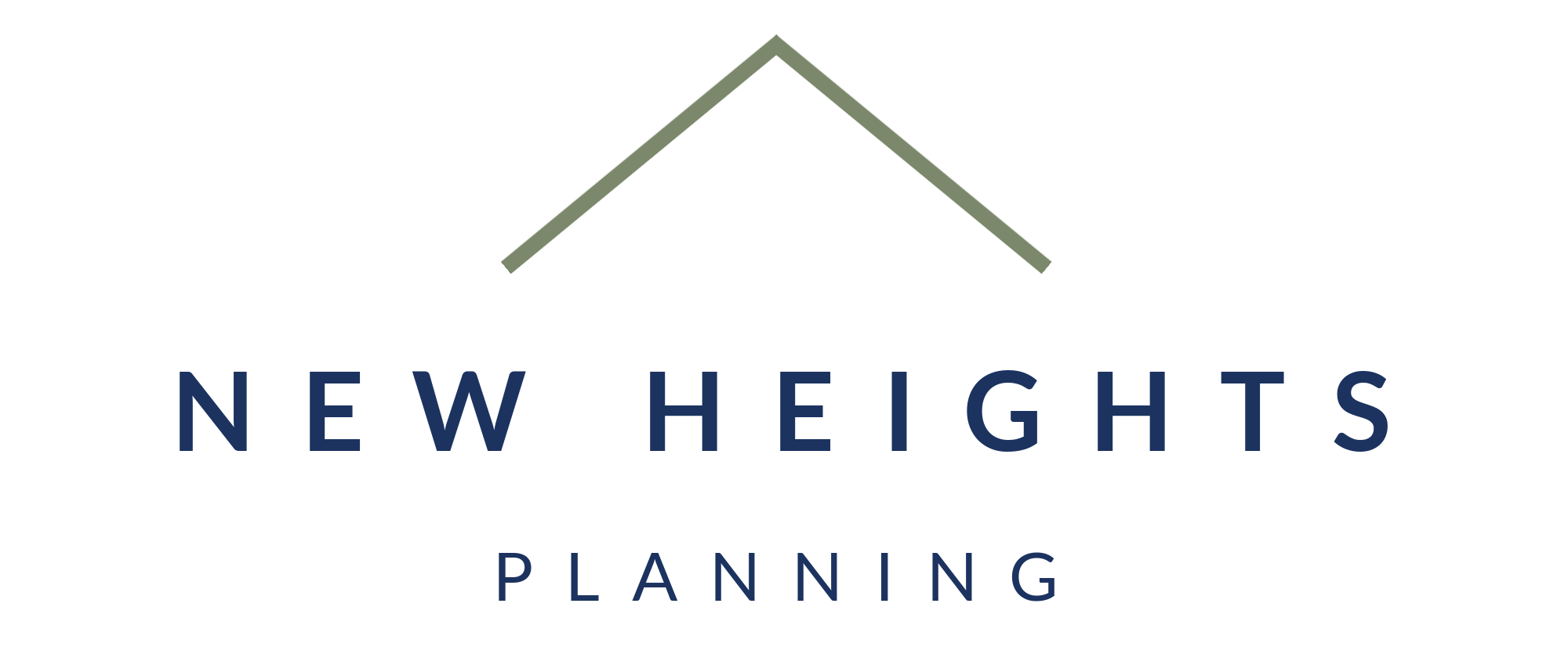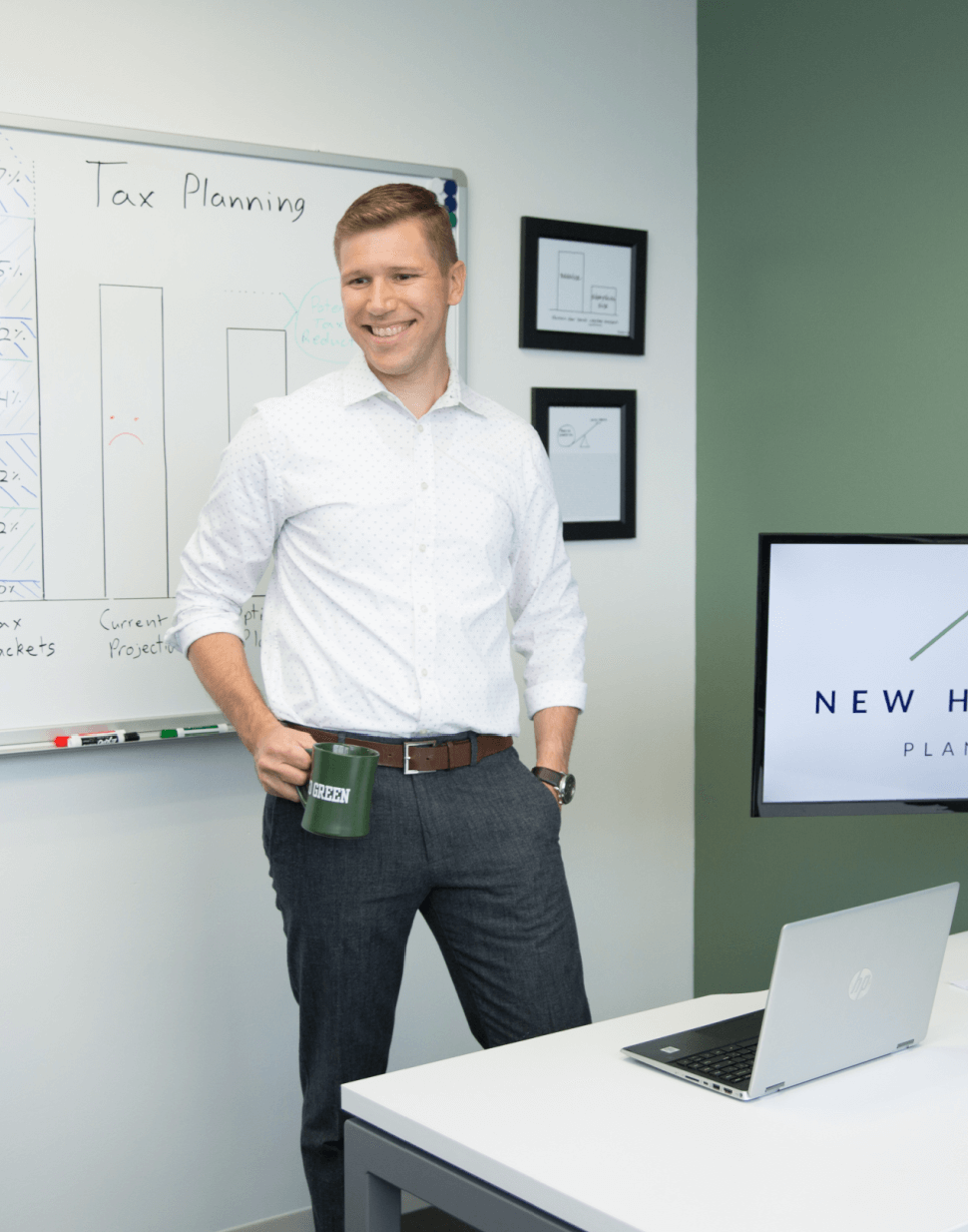Save $1,000,000 in Future Taxes?
Save $1,000,000 in Future Taxes?
Full Transcript:
Let’s talk about how Jane reduced her future taxes by over $1,000,000.
Today, I’m gonna go over a real client example, and to protect client privacy, we’ll call her Jane. Jane’s 45 years old, and Jane has done a phenomenal job saving within her Shell 401(k). Like many Shell employees, Jane’s been contributing money to the pre-tax bucket within her 401(k). However, Jane has gone above and beyond and is also contributing money to the after-tax bucket within her 401(k). Jane’s Current after-tax balance is $400,000. Now, it’s really important to note that this is not the same as Roth. Roth goes in after-tax but grows tax-free. After-tax is treated much differently.
Of Jane’s, $400,000, $173,000 is her contribution. The other $227,000 is the growth over her career. Now, of course, with Jane being 45, we’ll expect this money to continue to grow. Now, when Jane pulls this money out in retirement, the contribution will come out of her 401(k) tax-free. But that’s not the case for the growth! The growth will be taxed at the highest tax rate that Jane sees, which is income tax rates.
Now, let’s talk about what we did to optimize Jane’s 401(k) and drastically reduce her future taxes without impacting her current year taxes. Now, of course, every situation is unique. So, I encourage you to review your situation with your financial and tax professionals.
For Jane, we rolled out the entire $400,000 balance in her after-tax bucket by doing an in-service distribution with two direct rollovers. We rolled her contribution out to a Roth IRA, and we rolled her growth out to a traditional IRA. The Roth IRA lets this money now grow tax-free. The traditional IRA keeps it in a pre-tax state, so there are no taxes on this transaction.
Before this, Jane had been doing back door Roth IRAs with New Heights Planning. We want to continue doing those. And, if you’ve watched the video on the IRS aggregation rule, you know that having a large traditional IRA balance really messes up your back door Roth IRAs. So, one of the things we did was we rolled this back into her Shell 401(k) so that her year-end IRA balance was zero. Now, another thing we did know that we had all of that after-tax money out of her 401(k), is we turned on automatic in-plan Roth conversions for her after-tax dollars. This way all future after-tax contributions are automatically converted to Roth the same day they come in and then can grow tax-free.
Now there’s a lot going on here, so let’s talk about some of the next steps and the benefits. With her Roth IRA, we want to maximize that tax-free growth, so this part of her investment portfolio is invested in 100% stock-based funds. Now, this, plus her ability to now effectively do mega backdoor Roth inside of her 401(k), is a huge impact to her future tax bill. If we assume that it grows at an average rate of return of 9%, and she leaves it there for 30 years, I chose 30 years because at age 75, that’s when Jane’s required minimum distributions to start. That’s when the IRS requires her to start taking out her pre-tax money. By doing this, she will have $3 million of growth in her Roth account.
Now, let’s think back to before. Her growth was taxable and now her growth is tax-free. That means she can now access $3,000,000 tax-free instead of having a $1 million IOU, on $3 million, to the IRS. Having an extra $1,000,000 in retirement can mean the world of difference for the quality of retirement and for the legacy that you leave behind!
Now, as mentioned before, this is very complex. So, I encourage you to speak with a financial professional regarding your situation. Of course, there is a bunch of things in here that we don’t know for sure. The rate of return that Jane gets on her investments, the time she leaves it invested, and her future tax rates, will all vary. Now, if you’d like for a professional that specializes in Shell employees to look at your Shell 401(k), please send me a message. Also, if you find this video helpful, please continue to like and on social media and share it with your colleagues.



